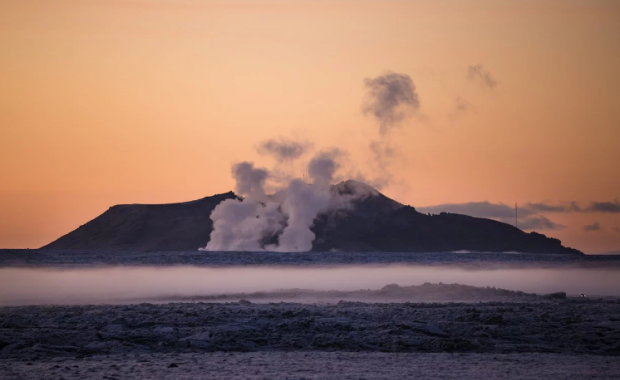Unemployment in Iceand in November was just 2.4%, Statistics Iceland reports. Just 4,800 people were without work in November, a drop from 6,900 at the same time in 2015 when the unemployment rate was 3.6%. The labour participation rate has also risen, from 80% to 82.2%, which is very high in international comparison.
Read more: Icelandic GDP per capita 10th highest in Europe in 2015: 23% above the EU average
At the same time as unemployment has continued to shrink wages have crept up, while inflation has remained low. Statistics Iceland estimates that the wage index rose by 0.3% in November, bringing the year-over-year rise in wages to 9.7%. Consumer prices have increased significantly less than wages, which translates into a real gains for wage earners. The Consumper Price Index rose by just 0.14%, bringing the 12 month increase to 1.9%.
Read more: The unemployment rate keeps going down — labour shortage looming
The largest part of the increase in consumer prices comes from rising housing costs. The cost of owner occupied housing rose by 1.6%, while other components of the cost of living actually fell. When housing is left out the Consumer Price Index actually fell by 0.8% in the past 12 months.
Unemployment in Iceand in November was just 2.4%, Statistics Iceland reports. Just 4,800 people were without work in November, a drop from 6,900 at the same time in 2015 when the unemployment rate was 3.6%. The labour participation rate has also risen, from 80% to 82.2%, which is very high in international comparison.
Read more: Icelandic GDP per capita 10th highest in Europe in 2015: 23% above the EU average
At the same time as unemployment has continued to shrink wages have crept up, while inflation has remained low. Statistics Iceland estimates that the wage index rose by 0.3% in November, bringing the year-over-year rise in wages to 9.7%. Consumer prices have increased significantly less than wages, which translates into a real gains for wage earners. The Consumper Price Index rose by just 0.14%, bringing the 12 month increase to 1.9%.
Read more: The unemployment rate keeps going down — labour shortage looming
The largest part of the increase in consumer prices comes from rising housing costs. The cost of owner occupied housing rose by 1.6%, while other components of the cost of living actually fell. When housing is left out the Consumer Price Index actually fell by 0.8% in the past 12 months.







